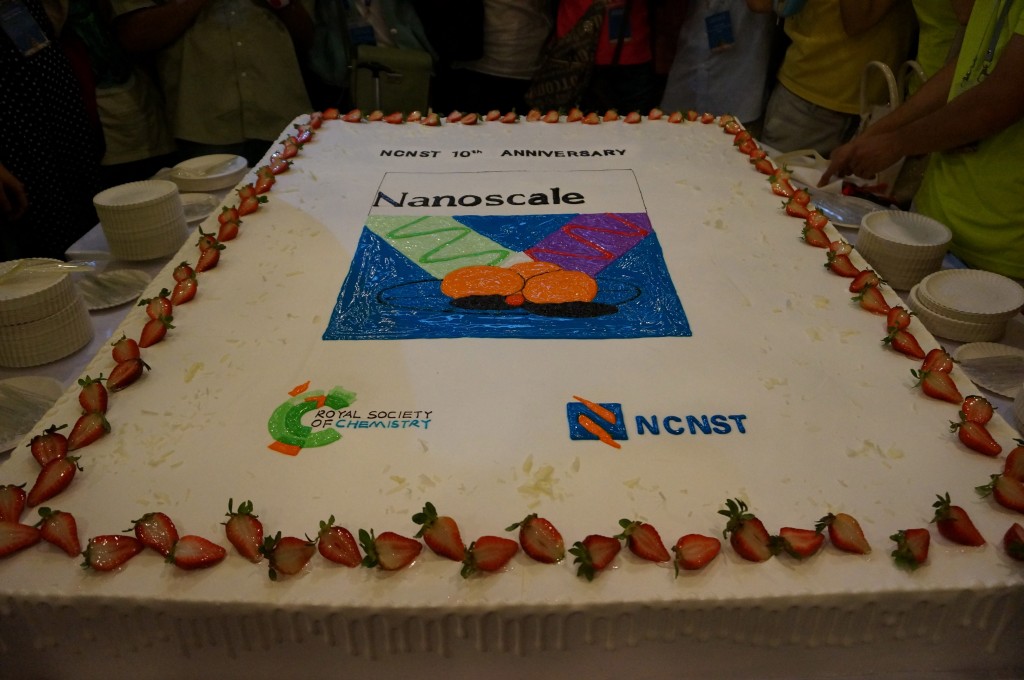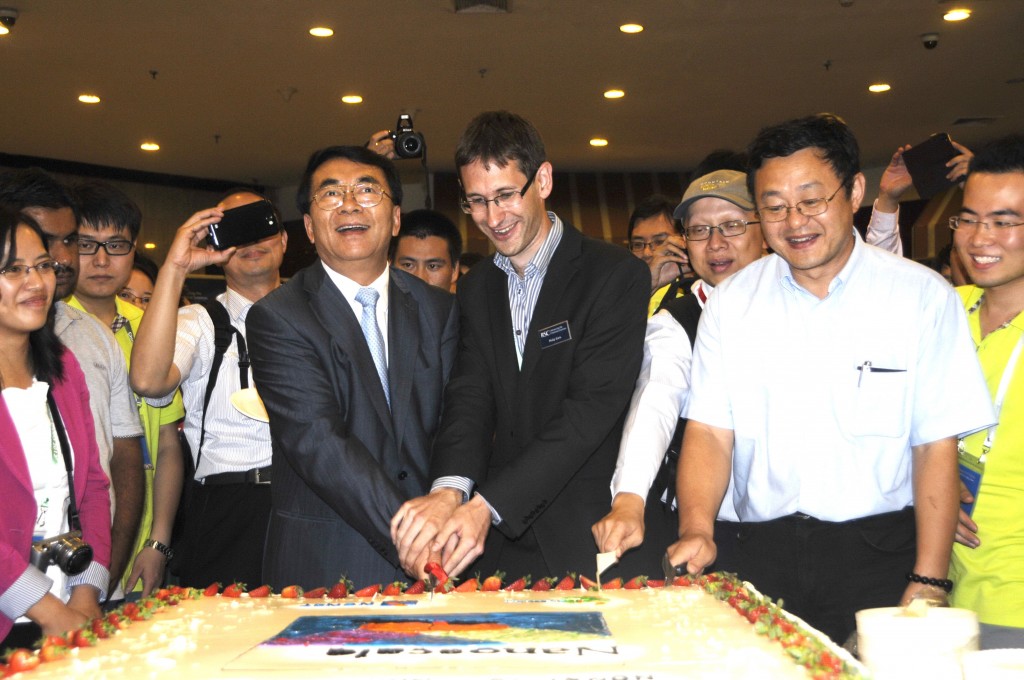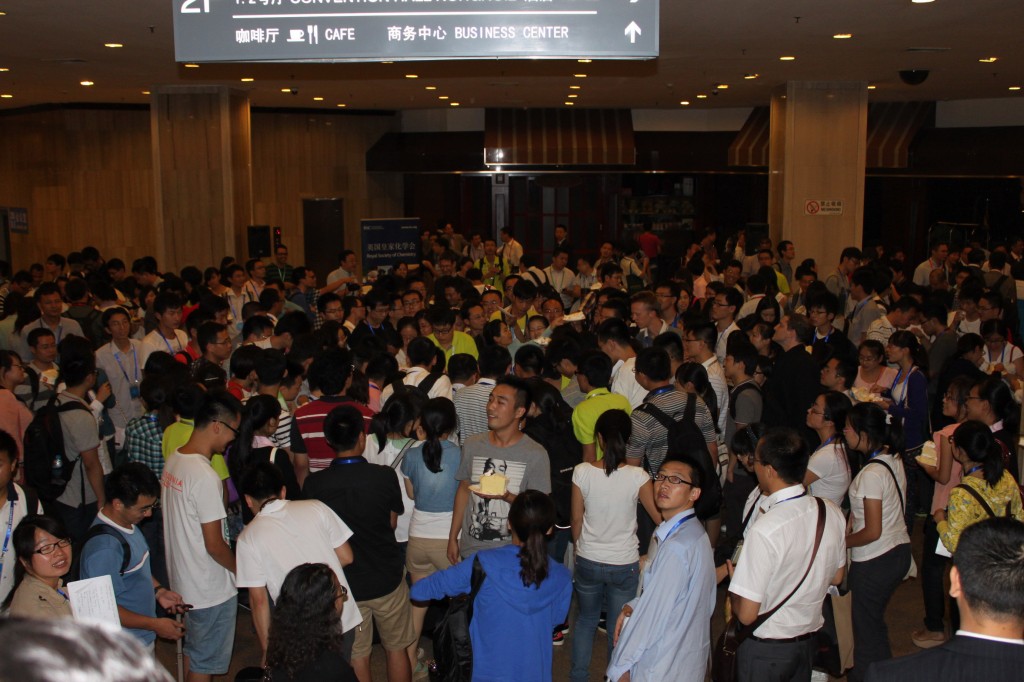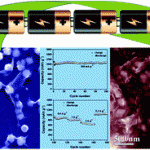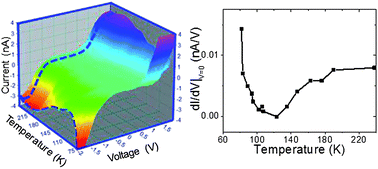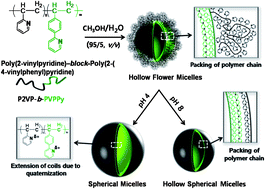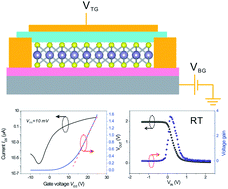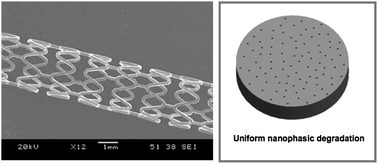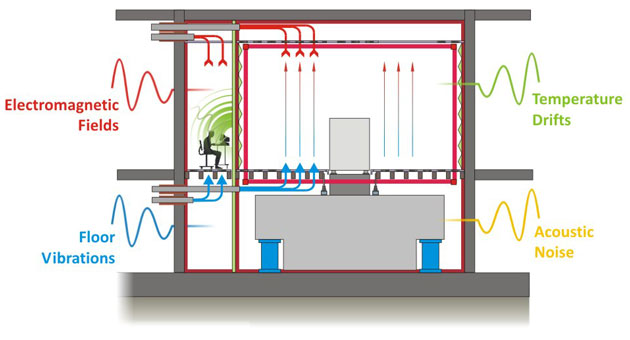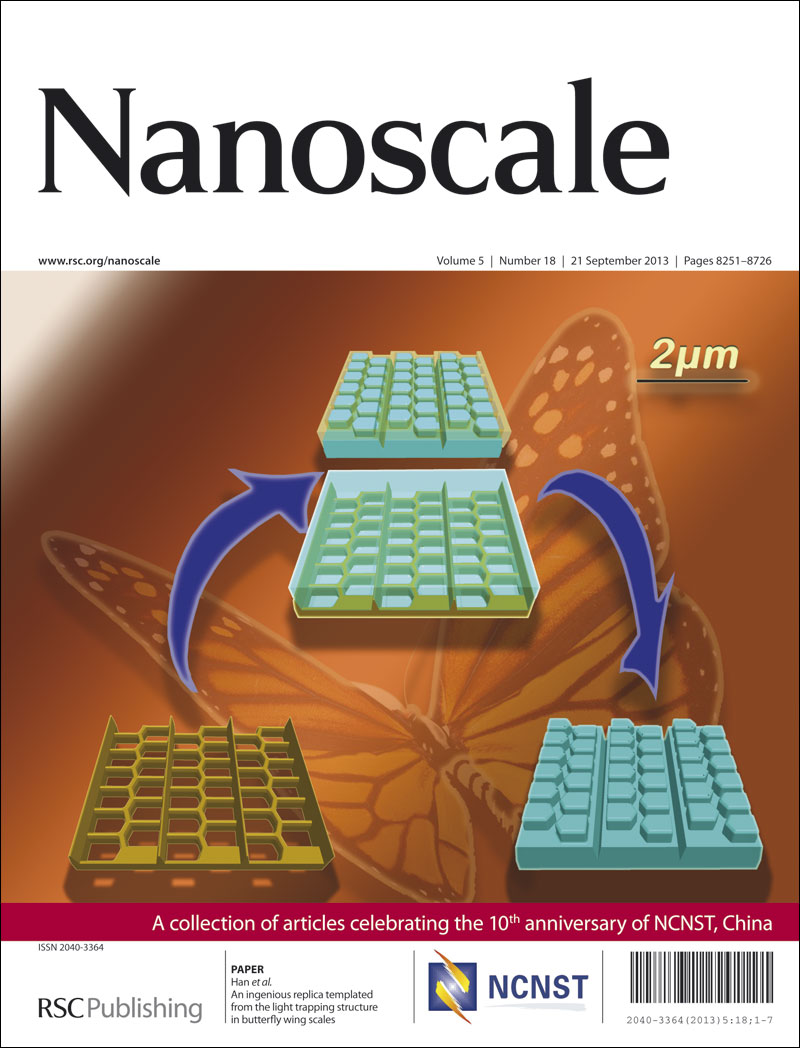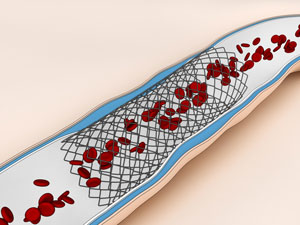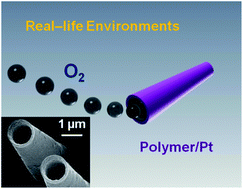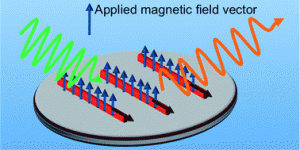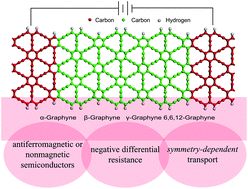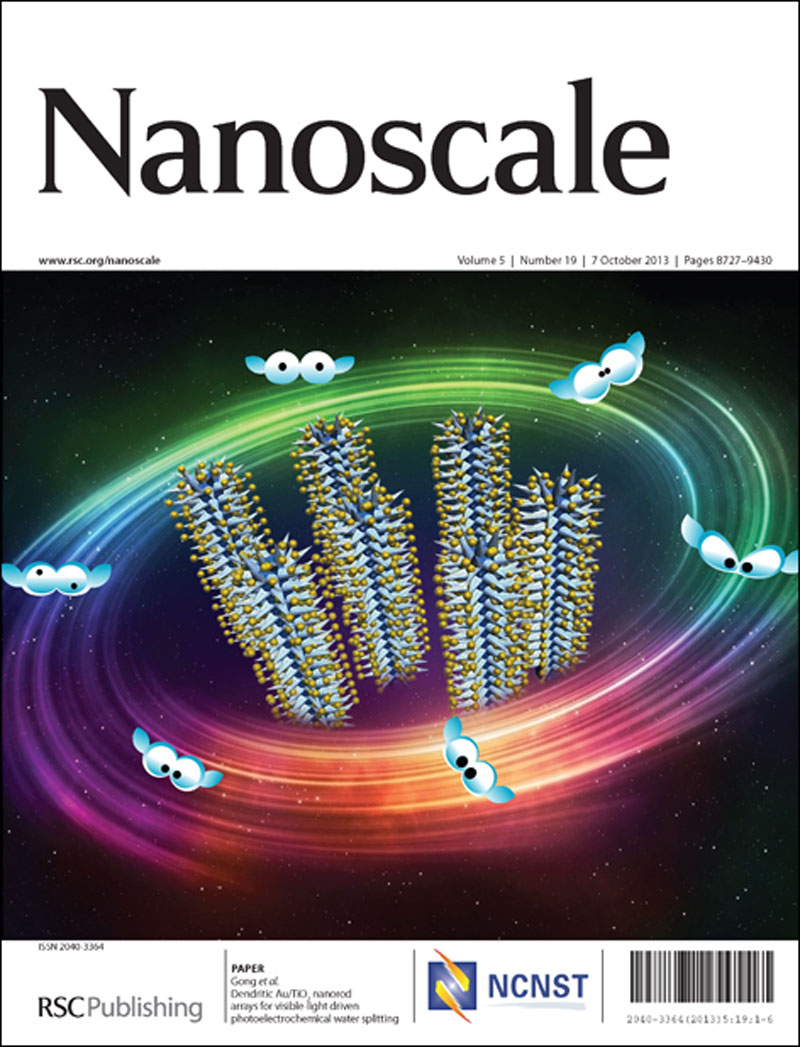 Nanoscale is delighted to present its current issue.
Nanoscale is delighted to present its current issue.
The outside front cover features an article on Dendritic Au/TiO2 nanorod arrays for visible-light driven photoelectrochemical water splitting by Fengli Su, Tuo Wang, Rui Lv, Jijie Zhang, Peng Zhang, Jianwei Lu and Jinlong Gong.
Lipid nanoscaffolds in carbon nanotube arrays is the article highlighted on the inside front cover by Catharina Paukner, Krzysztof K. K. Koziol and Chandrashekhar V. Kulkarni.
Issue 19 contains the following Review, Feature, Mini review articles:
Perovskite ferroelectric nanomaterials
Nurxat Nuraje and Kai Su
Comparative advantages and limitations of the basic metrology methods applied to the characterization of nanomaterials
Pavel Linkov, Mikhail Artemyev, Anton E. Efimov and Igor Nabiev
An overview of carbon materials for flexible electrochemical capacitors
Yongmin He, Wanjun Chen, Caitian Gao, Jinyuan Zhou, Xiaodong Li and Erqing Xie
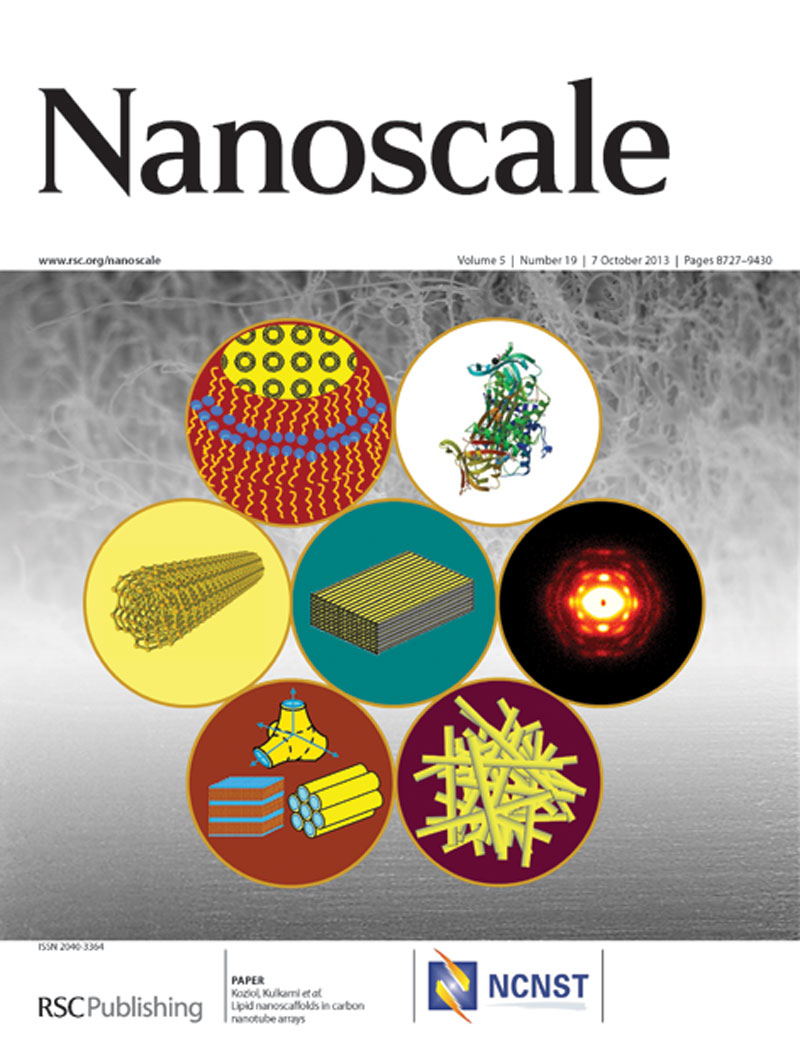 Nanomedicine for treating spinal cord injury
Nanomedicine for treating spinal cord injury
Jacqueline Y. Tyler, Xiao-Ming Xu and Ji-Xin Cheng
Nano- and microstructuration of supramolecular materials driven by H-bonded uracil•2,6-diamidopyridine complexes
Tomas Marangoni and Davide Bonifazi
Single-walled carbon nanotubes for high-performance electronics
Qing Cao and Shu-jen Han
Managing voids of Si anodes in lithium ion batteries
Xianglong Li and Linjie Zhi














